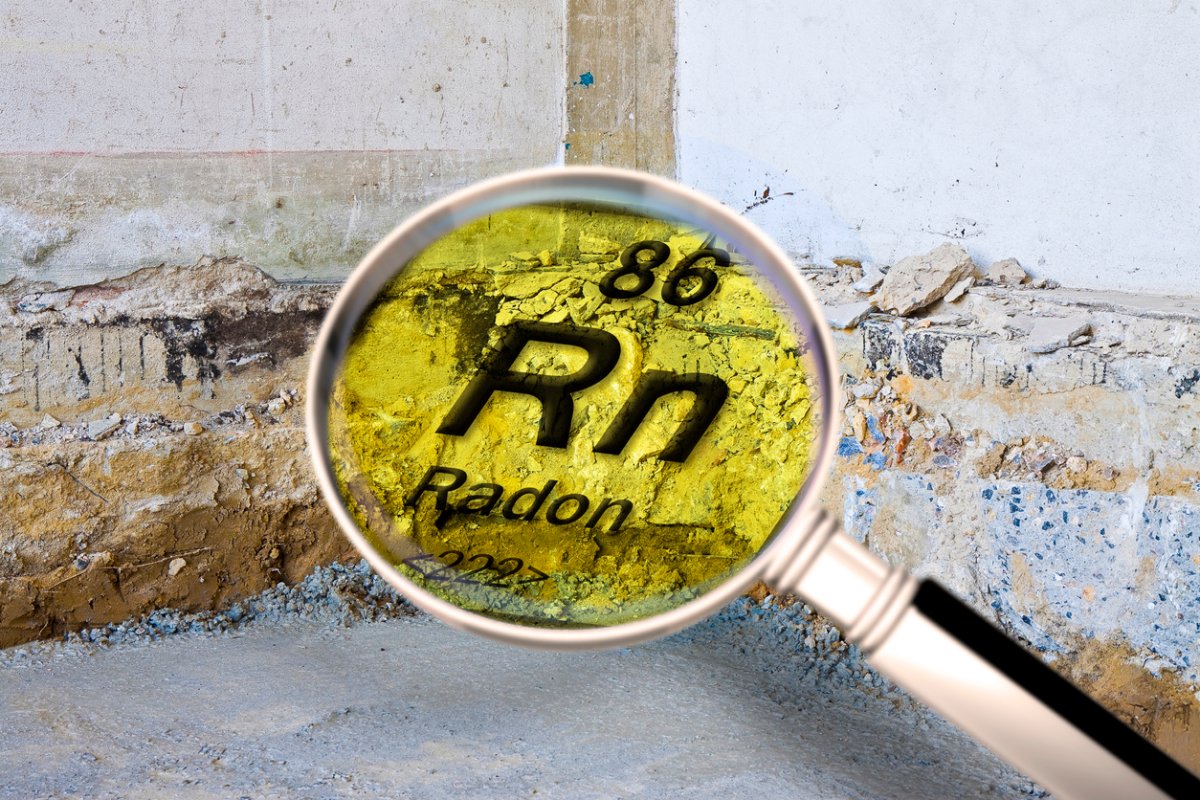

We may earn revenue from the products available on this page and participate in affiliate programs. Learn More ›
Do you know if radon gas is present in your home? Radon is a colorless and odorless radioactive gas that is naturally found in trace amounts within the atmosphere. These trace amounts aren’t anything to be concerned about, as the gas disperses quickly outdoors. However, as the United States Environmental Protection Agency (EPA) explains, radon gas can pose a serious health concern indoors.
The gas can move though foundation cracks and other holes within a home or building, causing it to become trapped inside. If the radon levels become too high within a structure, it can pose serious health concerns. Approximately 21,000 lung cancer deaths each year are caused by radon exposure, making radon second only to smoking for lung cancer deaths.
Learning how to test for radon can help you identify whether this invisible gas is lurking in your home and threatening the health of anyone living under your roof. Even if you have one normal radon test, you should retest every 2 years, as radon levels can fluctuate. Fortunately, if radon gas is detected in your home, there are measures you can take to improve the indoor air quality of the home and manage radon levels.
Tools & Materials
Bobvila.com may earn a commission from purchases made through these links.
Before You Begin
When conducting a radon test, it is important to follow the manufacturer’s instructions for test placement, timing, and other factors. Here are some general pointers on test placement:
- Tests should be placed in the lowest level of the home (but not in a bathroom, kitchen, laundry room, or hallway).
- Once the test is in place, it should not be disturbed for the manufacturer’s recommended testing window.
- Do not leave test kits near windows, doors, HVAC equipment, air vents, fireplaces, or in an area that receives direct sunlight.
How to Test Your Home’s Radon Levels
Step 1: Set up a short-term radon test.
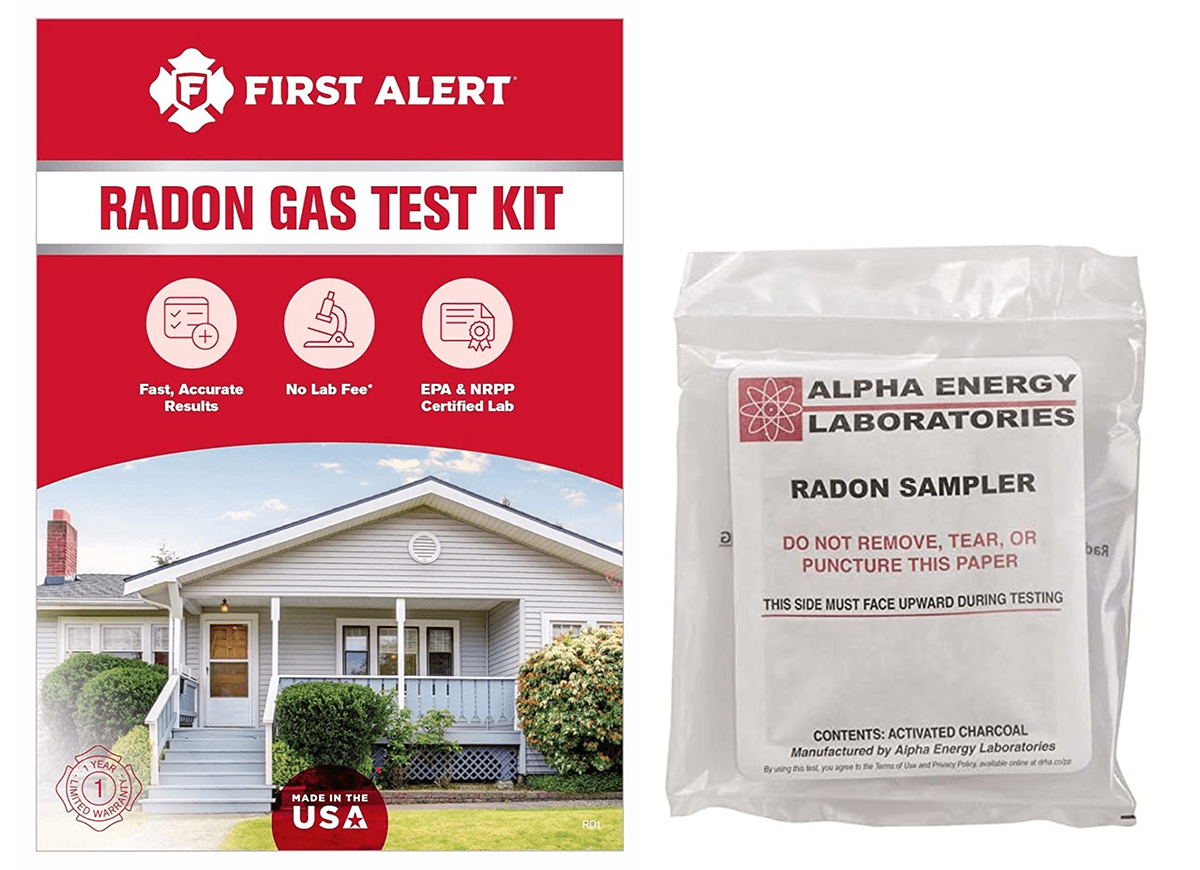
A short-term radon test kit can give you quick information about whether radon gas is present in your home. Depending on the test you choose, you’ll need to leave it out in your house for between 2 and 90 days. After the required amount of time has passed, the test can be sent back to a lab for processing. The results of the test will then be sent back to you. If the radon levels in your home are at or above 4 pCi/L (picocuries per liter), contact a radon mitigation company.
While short-term radon tests deliver the fastest results, they are not always the most accurate option. Radon levels can fluctuate over time, so the reading you get over just a few days may not be reflective of the level of radon present in your home at other times during the year.
Our Recommendation: First Alert Radon Gas Test Kit at Amazon for $16.28
This testing kit includes all the materials and lab fees you’ll need to conduct a home radon test. An EPA- and NRPP-certified lab analyzes the results and emails you a summary within 72 hours of receiving the test.
Step 2: Measure radon levels with a long-term test.
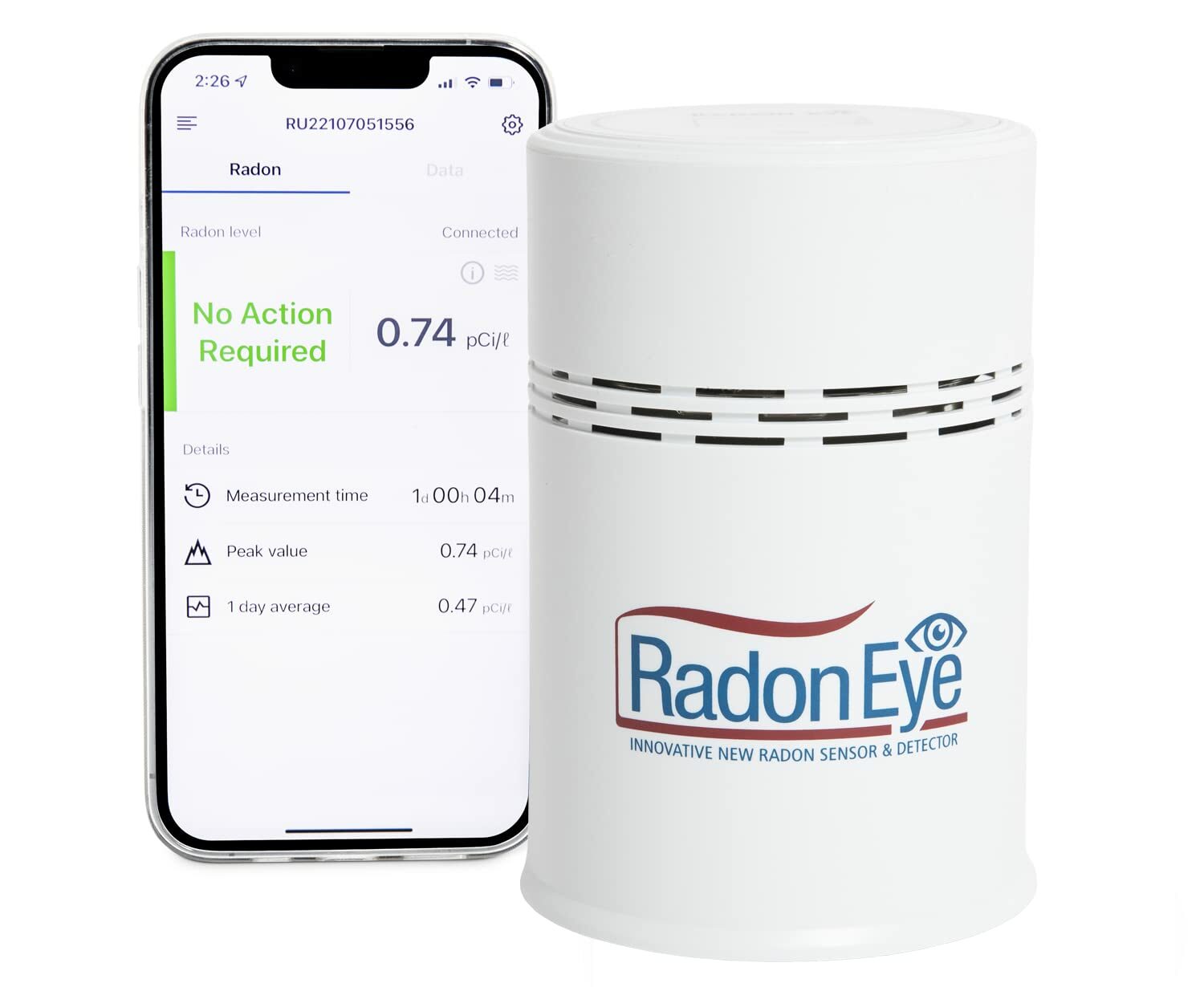
According to the Centers for Disease Control (CDC), long term radon testing is more likely to provide you with accurate results. Because of fluctuations in radon levels, leaving a testing kit out for more than 90 days, as is required with long-term tests, will take into account seasonal changes in radon levels and deliver a more complete picture.
Many long-term radon tests use alpha-tracking to assess radon levels. The tests consist of polycarbonate sheets that are left in the basement (or lowest level) of the home. The alpha particles emitted by radon gas leave tracks behind on the sheets. After the testing period is complete, a lab will analyze alpha tracks on the sheets. More alpha tracks signal higher levels of radon in the home.
Depending on where you live, you may be able to request a free radon test kit from your state radon office.
Our Recommendation: Ecosense RD200 Radon Eye Home Radon Detector at Amazon for $156.60.
This long-term test kit updates radon results every 10 minutes and stores a year of data, allowing you to gain a full picture of your home’s levels. With the Bluetooth connectivity, you can monitor radon levels in your home from your smartphone.
Step 3: Continuously test for radon with a monitor.
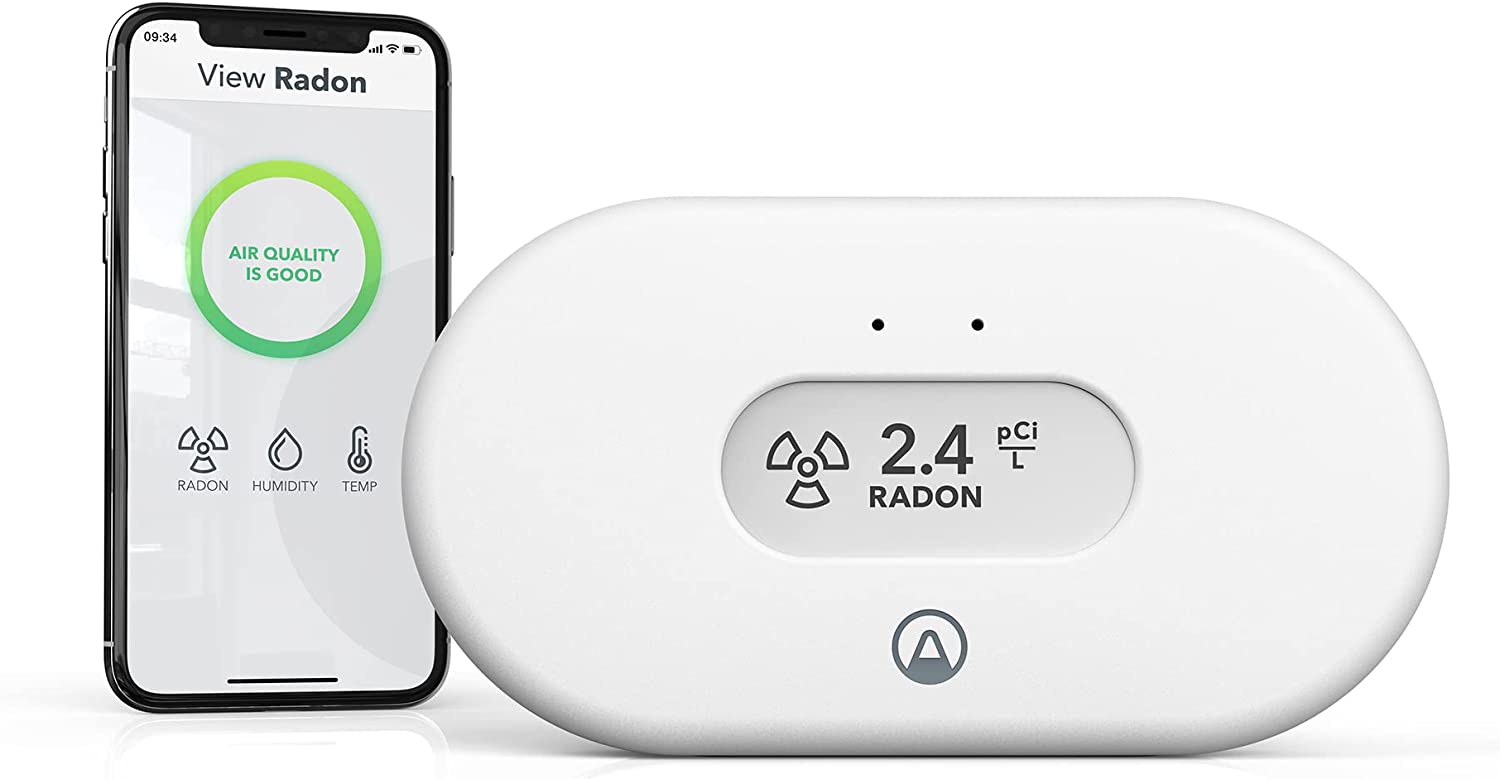
Another way to test for radon gas and track the air quality in your home is to use a digital radon monitor. These monitors measure the alpha particles in the air using a special sensor. They continuously take readings and display real-time pCi/L readings on the screen.
Many continuous tests offer Wi-Fi connectivity, allowing you to connect them to your smartphone. This allows you to receive notifications and alerts if radon levels are too high.
Our Recommendation: Airthings 2989 Radon Monitor at Amazon for $219.99.
This continuous radon monitor uses Wi-Fi to send alerts, graphs, and additional information to your smartphone. In addition to monitoring radon levels, it also measures temperature and humidity.
Step 4: If you have a private well, test your water for radon.
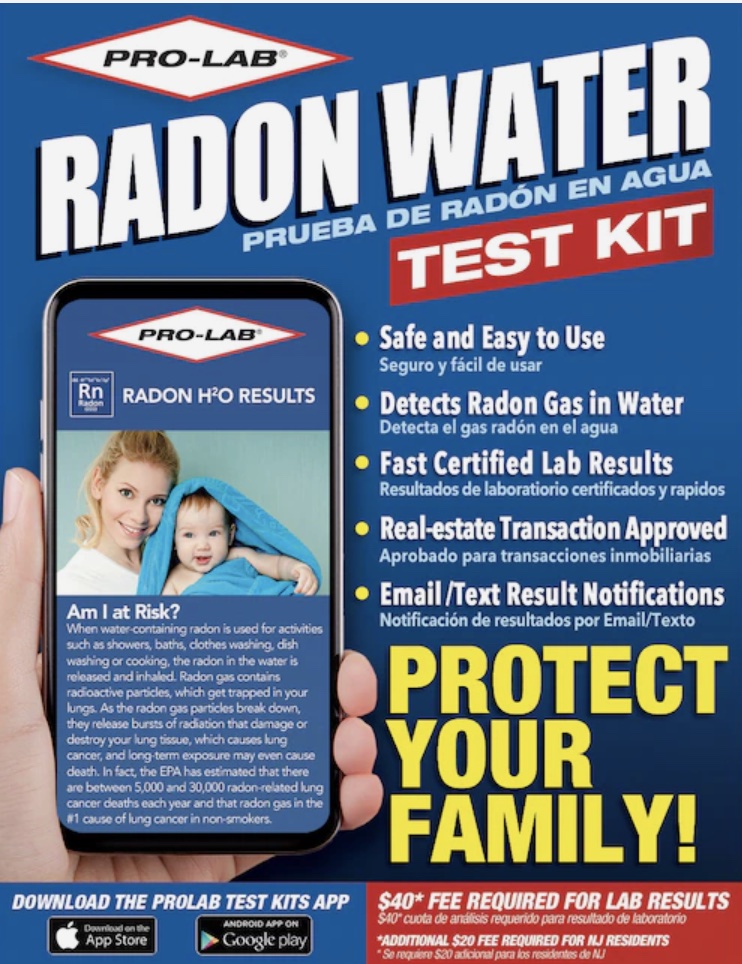
Well water can also contain radon. Radon can be found underground, which can cause it to build up in well water. When you use well water in your home—particularly heated well water—the radon can dissolve and move into the air. This can lead to temporarily higher radon levels when large quantities of water are used, such as when taking a shower, running the dishwasher, or cleaning a load of laundry.
If your drinking water comes from a reservoir, lake, or river, it is less likely for radon to be present in the water. Because these water sources are exposed to the air, the majority of the radon gets released into the atmosphere before the water enters your home.
Our Recommendation: Pro-Lab Radon Water Test Kit at Amazon for $49.99.
Collect a water sample with this test kit, then send it to be analyzed using EPA-approved lab methods. You’ll receive results from the test within a week of it being received by the lab.
Step 5: Consider mitigation for high levels of radon.
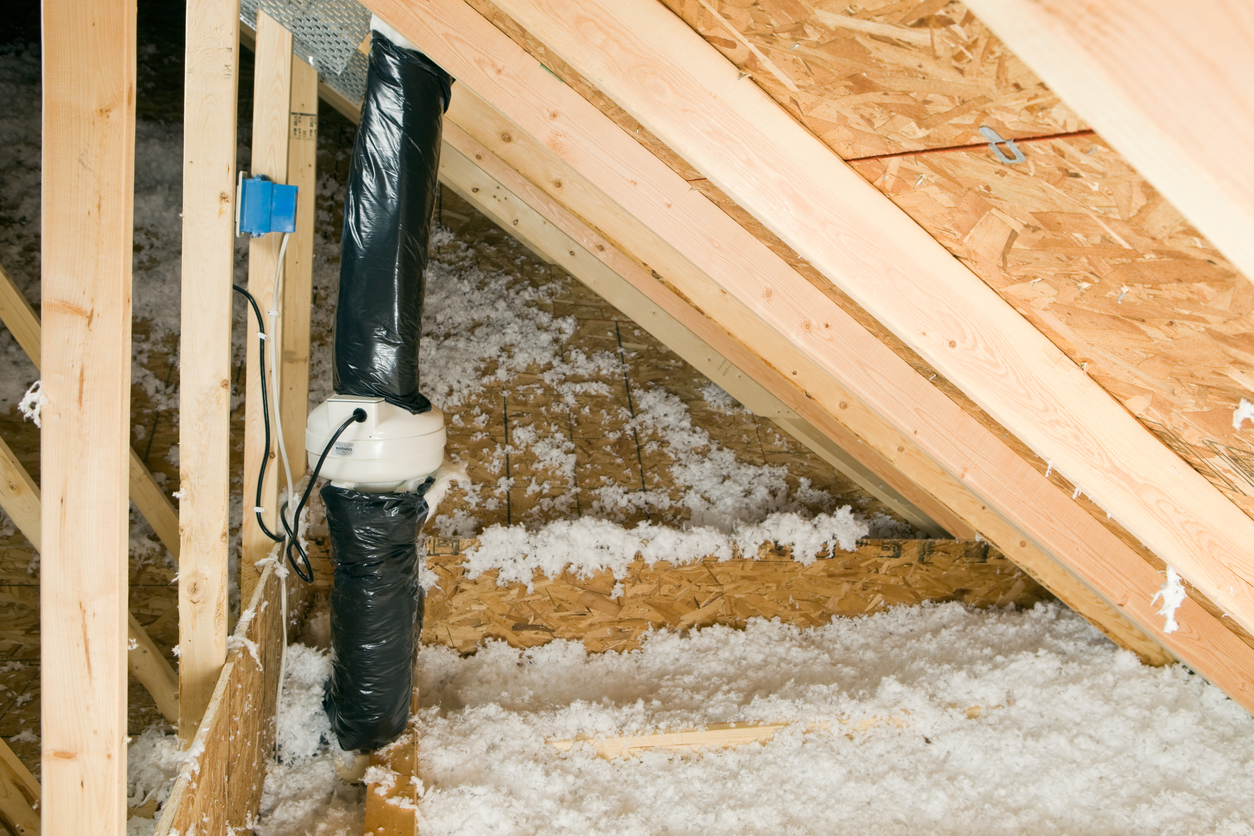
If the radon level in your home is at or above 4 pCi/L, you should consider contacting a licensed radon mitigation professional. Professionals can assess your home’s structure and foundation to decide the ideal type of radon mitigation system for your property.
Once set up, the mitigation system will remove air from the soil and send it outside the home. The radon mitigation professional you hire should also assess the foundation and seal any cracks or openings to further reduce the amount of radon gas that is able to enter the home.
Final Thoughts
Radon in a home can pose a serious threat and increase the chances of developing cancer. Testing for radon levels can alert you to a potential threat and enable you to hire a professional to mitigate to prevent or reduce dangerously high levels.
Remember, long-term tests are seen as a more accurate indicator of radon levels because they take fluctuations into account. However, a short-term test can serve as a good starting point to give you quick insights, such as when you’re considering purchasing a home.
FAQs
Yes, DIY radon test kits are safe to use. A long-term test is more likely to provide accurate results that take fluctuating radon levels into account than a short-term test would be.
Radon levels can fluctuate based on temperature, humidity, rain or snow, wind speeds, the amount of ventilation in the home, and a variety of other factors.
Yes, it is possible for radon levels to change over time. The radon levels in the soil beneath a home can increase, leading to raised levels within the home. Over time, it is also possible for more radon to accumulate in a home, leading to an increase in readings from one year to the next.
The recommended radon testing time can vary based on manufacturer. Short-term tests typically take between 2 and 90 days, while long-term tests will be left out for more than 90 days.
According to the EPA, you should test radon levels in your home every 2 years.
While you can conduct a radon test on your own, a trained professional may be able to get more accurate results. A professional will also be able to help you interpret the test results and determine whether mitigation is necessary
The prices listed here are accurate as of June 9, 2025.
